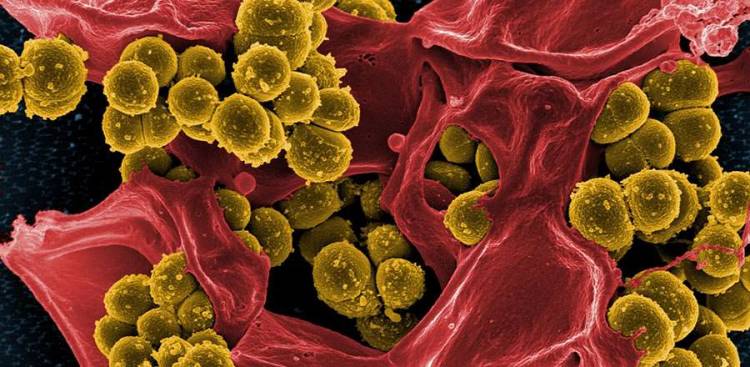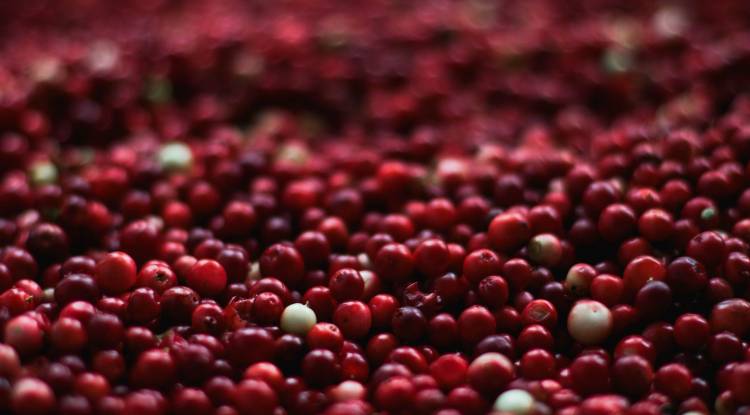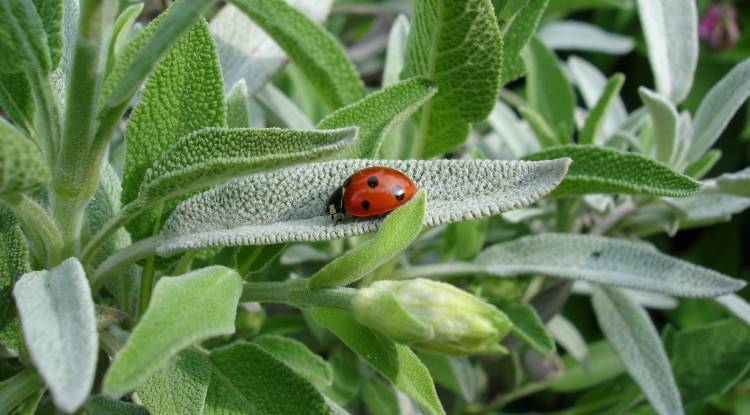Mucus And The Meaning Of Different Colours

Mucus has a variety of established nicknames, and opinions on the substance range from fascination to disgust. However, regardless of the way that a person chooses to label it, and independent of the reaction it evokes, mucus is an essential and ubiquitous component of human physiology, and the facts relating to it remain consistent. In this article, we review the accepted definition of mucus and examine its functions in the body. We also offer an explanation for why mucus undergoes changes in appearance, and provide an overview of what might be signified by the various colours it is known to display.
What Is Mucus?
Mucus is something that is present in the bodies of everyone, and the respiratory tract is just one example of where mucus-producing tissues can be found. For the main part, mucus is composed of water, sugars, protein, antibodies and enzymes. The Mucus within the human body is in a constant flux of production and degradation, and the average adult unconsciously manufactures between 1 and 1.5 litres of mucus every day.
What Are the Functions of Mucus?
Although it is a steadfast topic of puerile humour, mucus has important functions in the body. Below is a summary of the three major functions of mucus:
1. Protection
Mucus protects the surfaces it covers in the body. It prevents the underlying tissue from drying out and cracking, in order maximise its impenetrability to pathogens. The air that a person inhales is warmed and moistened by mucus, and the proper functioning of the cilia, which serve to remove foreign particles, is also dependant on the lubricating properties of mucus.
2. Barrier
Mucus has a role as a barrier, and prevents any inhaled particles, such as dust or pollutants, from entering the lungs. Unwanted particles that enter the airways become trapped in the mucus before the cilia transport them back to the throat, where they are either swallowed or ejected through the mouth.
3. Immune Defence
Mucus contains antibodies that assist the body in identifying pathogens, such as bacteria and viruses, and it also contains enzymes that destroy these invaders. This has the overall effect of creating an environment that is inhospitable to any hostile entities, which might be a threat to health, or that have the potential to make a person sick.
Different Colours of Mucus
The colour of mucus can be affected by a number of factors, and sometimes a change in the way that mucus looks is indicative of a health problem. Below is a list of the different colours that mucus can adopt, and some suggestions for what they might mean.
Clear Mucus
The main component of mucus is water, and so, under normal circumstances, mucus is clear in colour. The tissues on the inside of your nose constantly produce mucus. The majority of the mucus secreted by the nasal tissues flows down the back of the throat and ends up in the stomach, where it is dissolved by digestive juices.
White Mucus
White mucus is usually a sign of congestion. Swelling and inflammation in the tissues of the nasal passages inhibit the flow of mucus, and this results in the mucus losing moisture. This also causes an increase in the viscosity of the mucus and imparts a cloudy appearance. Mucus that is obviously white in colour is possibly a sign of a nasal infection or a cold.
Yellow Mucus
Mucus that has become yellow is usually a sign that a cold or infection is making progress. At the beginning of a nasal infection, the mucus is thin and clear, and a runny nose is often one of the early symptoms of the common cold. When the body's immune system detects the infection, it sends specialised cells, such as white blood cells, to the site of the infection. As these infection-fighting cells increase in number, they cause the mucus to become thicker and yellow in colour.
Green Mucus
Green mucus is a strong indication that a person's immune system in the midst of a heavy battle. Neutrophils, which are the white blood cells that are produced and mobilised during a cold, contain specific proteins, known as myeloperoxidase enzymes. These proteins are green in colour, and as the white blood cells are consumed in the fight against the infection, they build up in the mucus and cause it to take on a greenish colour. A person should consult their GP if the signs of a cold do not improve after about 12 days.
Pink or Red Mucus
Mucus that has a pink or reddish tinge is a sign that it contains blood. This can occur in children as a result of excessive nose-picking, but there are a number of possible causes. Usually, if a person finds blood in their mucus, it is a sign of breakage in the nasal tissue. The tissues that line the nasal passages can become damaged as a result of dryness, irritation or injury. Even the action of blowing the nose can sometimes aggravate the inside of the nose and cause bleeding. The occasional discovery of blood in the mucus is not usually a cause for concern, but if a person regularly finds that their mucus is pink or red, or if the symptoms appear and persist, they should consult their GP.
Brown Mucus
Brown throat mucus is something that smokers might regularly experience, and usually, this is because of the tar and other residues that accumulate in the airways as a result of smoking tobacco. However, a range of factors in the external environment, such as dust and pollution, can have the effect of causing mucus from the throat and nose to become brown. Brown mucus can also be a sign of acid reflux, where regurgitated food has stained the mucus, to give it a brown appearance. Occasionally, mucus that appears brown can indicate the presence of blood, and in cases of brown mucus that is ongoing, the individual should seek out medical advice in order to rule out any underlying health condition.
Black or Grey Mucus
The most likely cause of mucus that is black or grey in colour, or that has black spots or streaks, is dust, dirt or smog that has been inadvertently inhaled. Sometimes, black or grey mucus can be a sign of a serious fungal infection, such as mucormycosis or aspergillosis. If a person has black or grey mucus, which occurs without an obvious explanation, their symptoms should be investigated by an appropriate health care professional
Conclusion
Despite its generally offensive and vulgar reputation, mucus makes a significant contribution to the smooth functioning of the human physiological makeup. The majority of the colour changes seen in a person's mucus are transient and are not usually a cause for concern. However, an extreme or chronic discolouration of mucus is something that might represent the presence of a health condition. Taking a peek at the contents of a handkerchief after blowing the nose is not something that is typically viewed as being polite, but considering its usefulness in better understanding the condition of the body, it might be prudent for a person to do so from time to time.
Sources:
1. Cleveland clinic, 2014. “Health essentials: What the colour of your snot really means.”
2. Web MD, 2014. “The truth about mucus”.
3. Public Health England, 2013. “Green phlegm and snot ‘not always a sign of needing antibiotics'.
4. NHS choices, 2014. “Five facts about colds”.
5. University of Cambridge: The naked scientists, 2011. “What makes mucus green?”

 Nicole
Nicole 

























